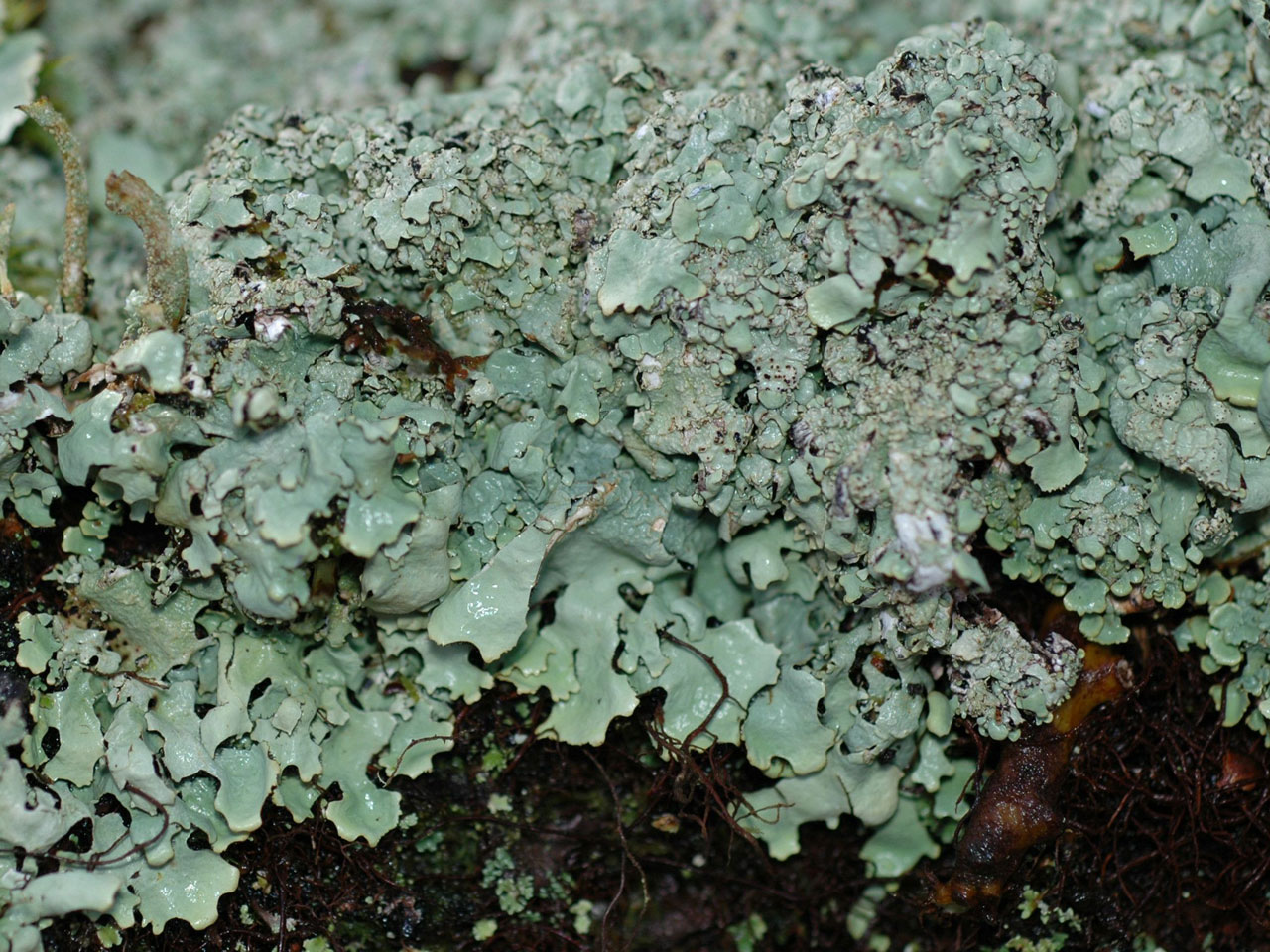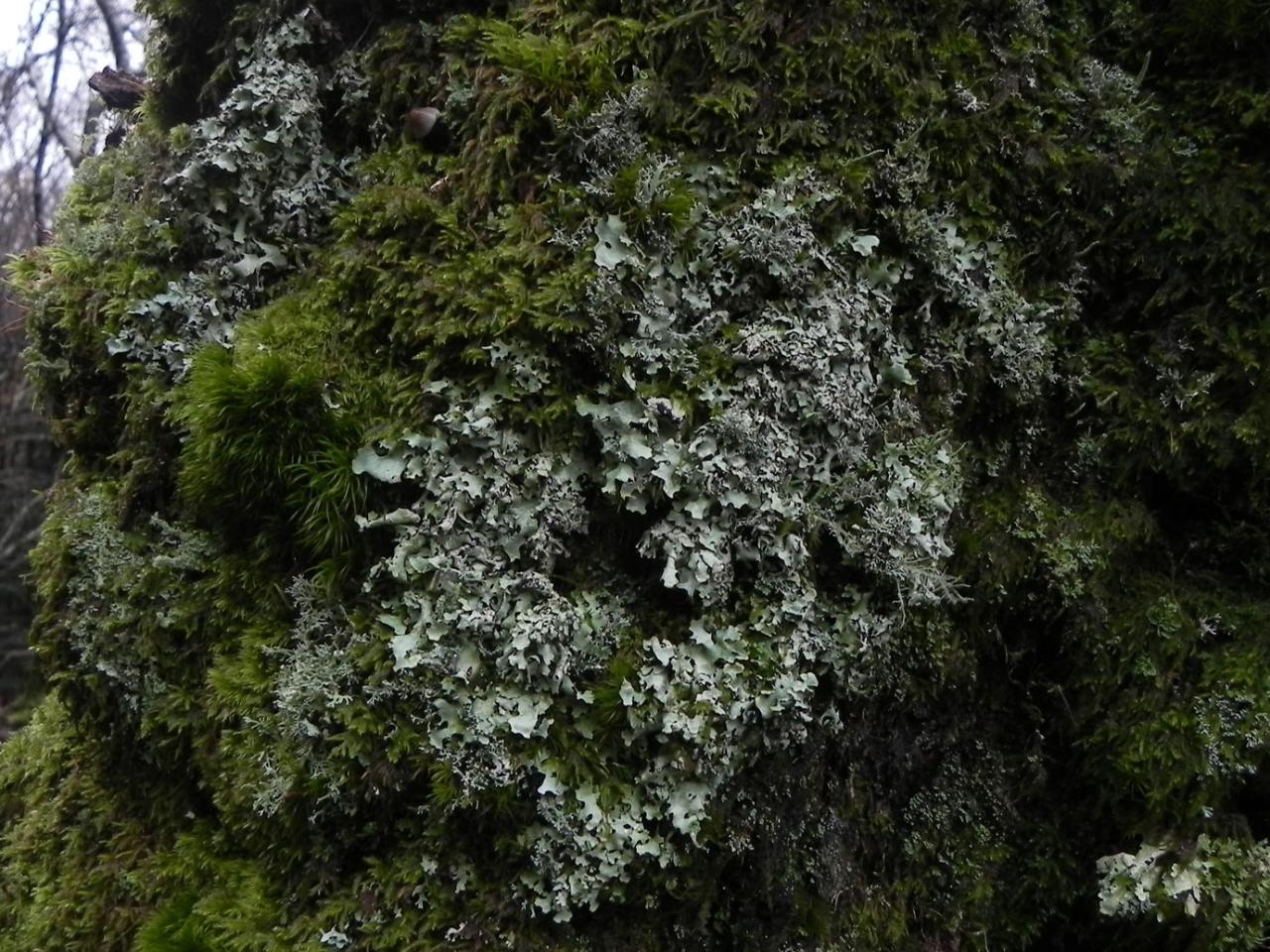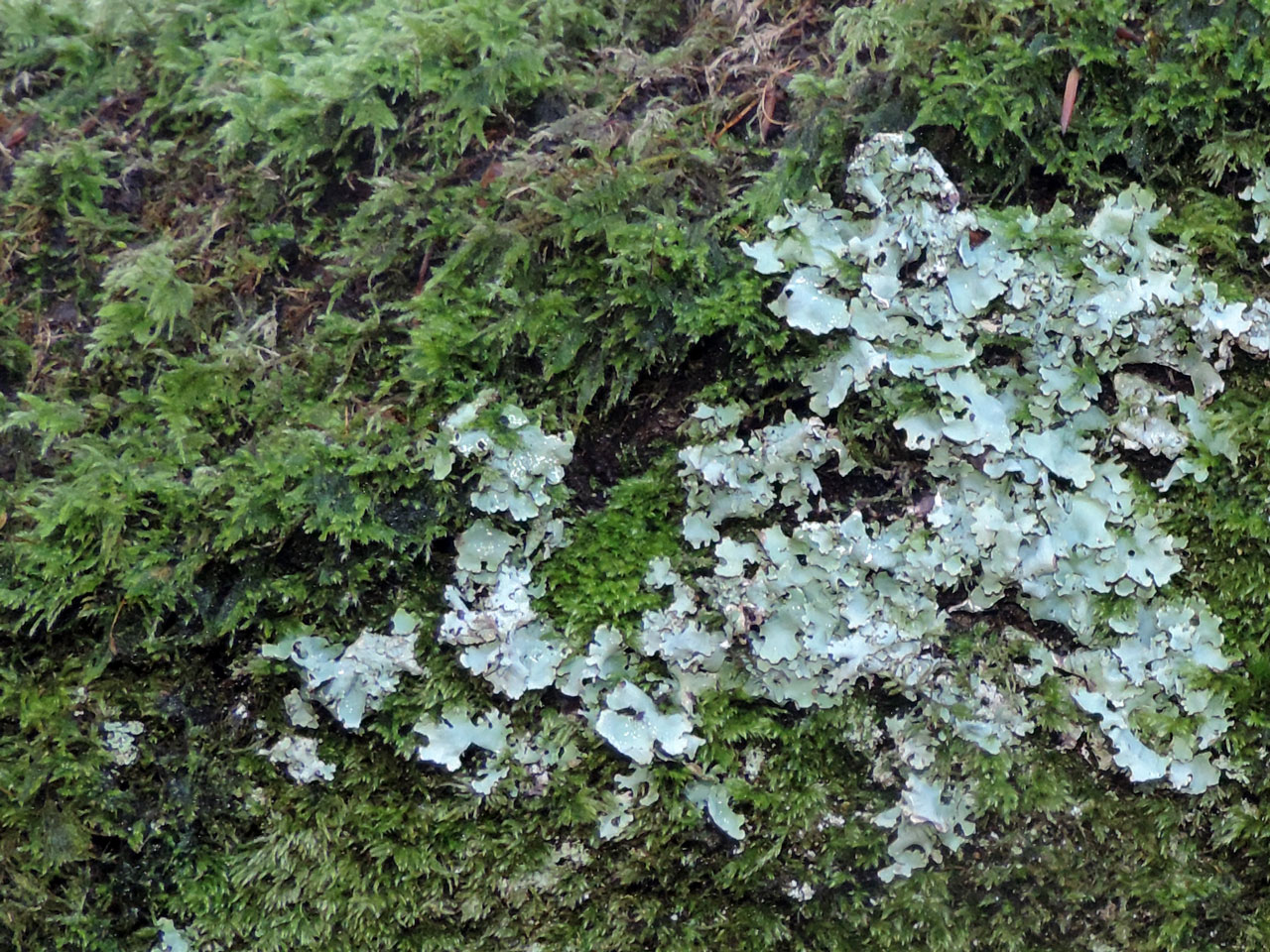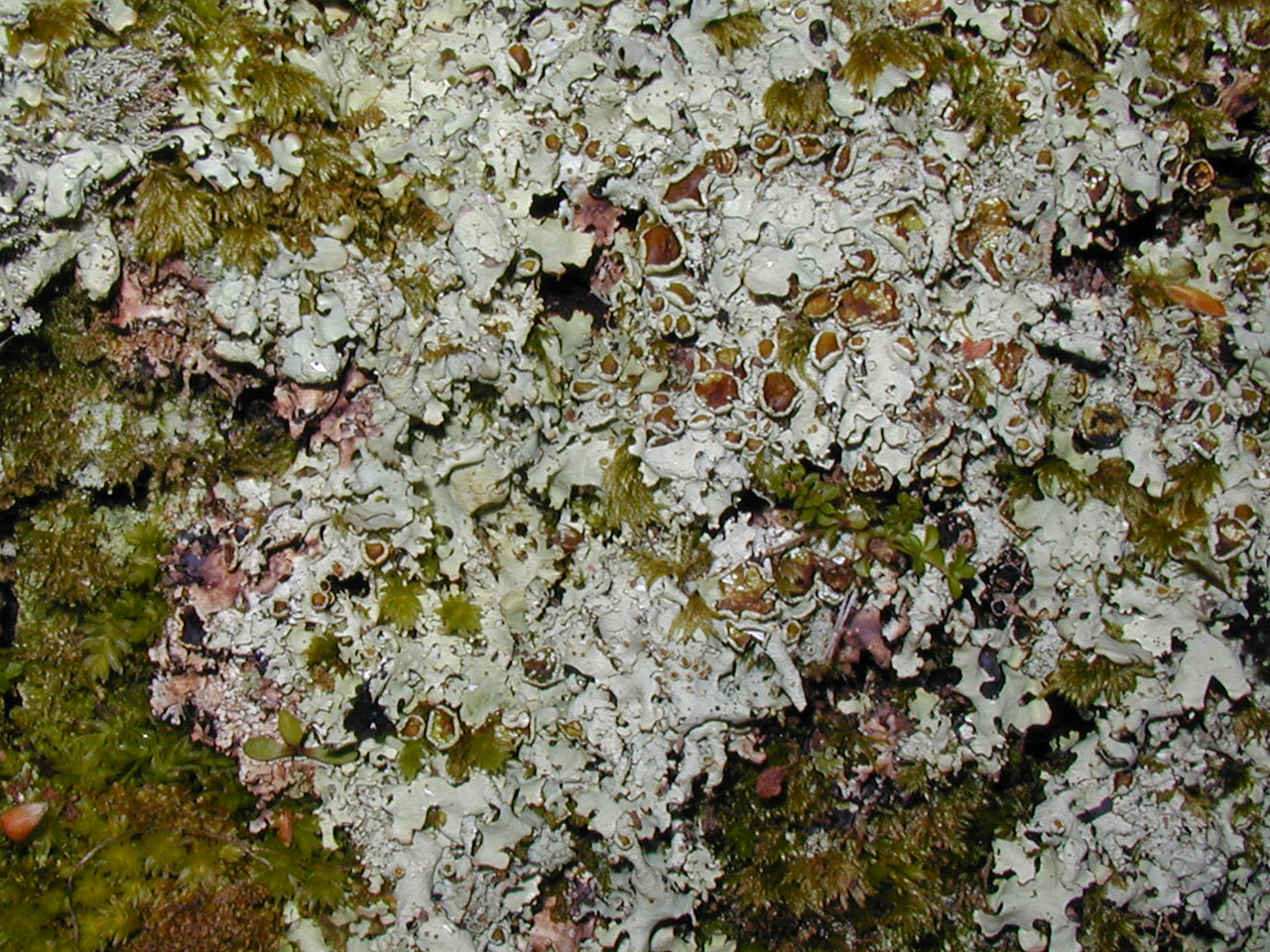This large attractive Hypotrachyna, has a very distinctive look, with the complex overlapping often blue tinged lobes having been likened to breaking waves at sea. The lack of soralia or isidia also distinguishes it from other Hypotrachyna species. It is very much a species of acid bark, and sometimes rock habitats, in old temperate rainforests and is frequent in western Scotland, but much more restricted to the south.
Thallus often forming extensive patches, to 15 cm diam., ± loosely attached; lobes sub-dichotomously to irregularly branched, to 8 mm broad (rarely wider), overlapping, with ± tightly sinuate axils; margins entire or ± indented, lobe ends ± down-turned; upper surface whitish grey, fragile, with occasional irregular white abraded areas caused by peeling of the fragile cortex; soredia and isidia absent; lower surface black, dark brown near margins; rhizines richly dichotomously branched. Apothecia rare; thalline margin coarsely crenulate, without rhizines. Ascospores 9–12 × 6–10 μm, almost spherical to broadly ellipsoidal. Conidia 4–4.5 × ca 1 μm, bacilliform, with a small swelling near each end. Cortex K+ yellow; medulla C+ carmine-red, K–, KC+ red, Pd–, UV sometimes bluish (atranorin, lecanoric and evernic acids).
Young specimens may resemble Hypotrachyna revoluta, which is always sorediate.
Overgrowing mosses on trunks with very acidic bark (pH 3.5–4.0) and rocks in ancient and relict woodlands, occasionally on mosses on rather exposed coastal rocks; local and strongly oceanic.
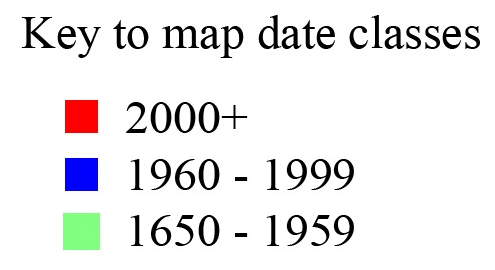
S.W. & W. Britain, N to Sutherland, mostly upland (also one locality in New Forest), otherwise absent in E. Britain, rare in Ireland except Kerry & W. Cork.
A characteristic lichen of more acidic habitats in temperate rainforests, frequent in the west Highlands and Islands, but more restricted to the south. In the latter areas locally threatened by vegetation overgrowth due to the withdrawal of extensive grazing from woodlands.
Britain: Notable & International Responsibility species
Scotland: Priority Taxon for Biodiversity in Scotland
Wales: Near Threatened
Cannon, P., Divakar, P., Yahr, R., Aptroot, A., Clerc, P., Coppins, B., Fryday, A., Sanderson, N. & Simkin, J. (2023). Lecanorales: Parmeliaceae, including the genera Alectoria, Allantoparmelia, Arctoparmelia, Brodoa, Bryoria, Cetraria, Cetrariella, Cetrelia, Cornicularia, Evernia, Flavocetraria, Flavoparmelia, Hypogymnia, Hypotrachyna, Imshaugia, Melanelia, Melanelixia, Melanohalea, Menegazzia, Montanelia, Nesolechia, Parmelia, Parmelina, Parmeliopsis, Parmotrema, Platismatia, Pleurosticta, Protoparmelia, Pseudephebe, Pseudevernia, Punctelia, Raesaenenia, Tuckermannopsis, Usnea, Vulpicida and Xanthoparmelia. Revisions of British and Irish Lichens 33: 1-98.
Text by N A Sanderson, based on Cannon et al (2023).
